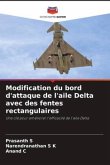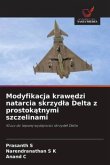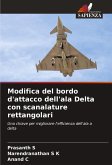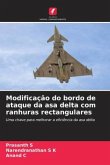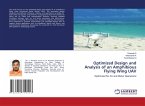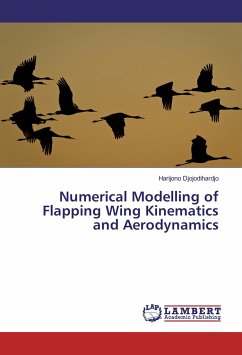Delta wing is proved to be suitable for high speed subsonic and supersonic flights. At the other end it gives unique structural advantages and aerodynamic characteristics. Many design variation has been evolved over the years within and without additional stabilizing surfaces. The main aim of the Project is to find how much energy is utilized in this flow with respect to the lift coefficient and other factors. Not only finding the experimental values along with those CFD simulations with CATIA and ANSYS are to be recorded. Here we have two modification. The first modification are with 6 slots and the other with 8 slots. Each slots are measured to be in 6x2mm. So based on the performance of the fighters these shapes are incremented with reference to all the summaries. By comparing all these results and it is to be concluded whether if it is efficient and real life design can be evolved with these leading edge modification.
Bitte wählen Sie Ihr Anliegen aus.
Rechnungen
Retourenschein anfordern
Bestellstatus
Storno


